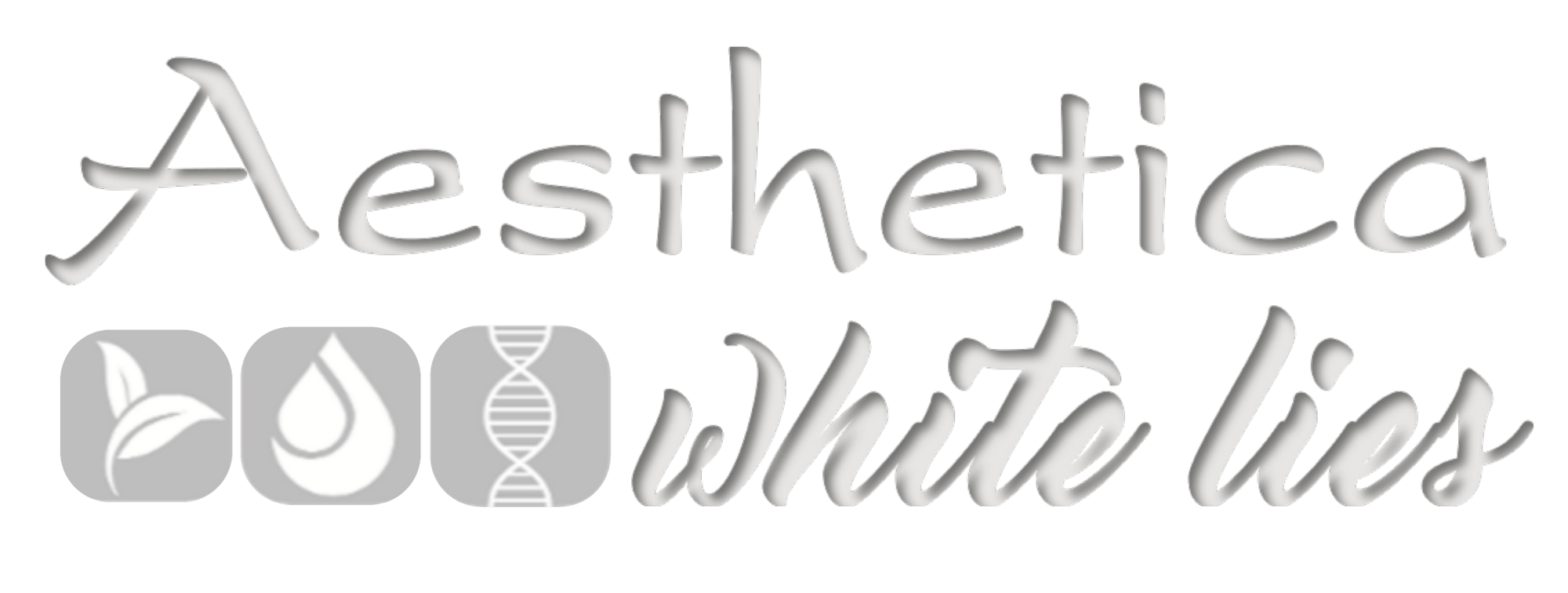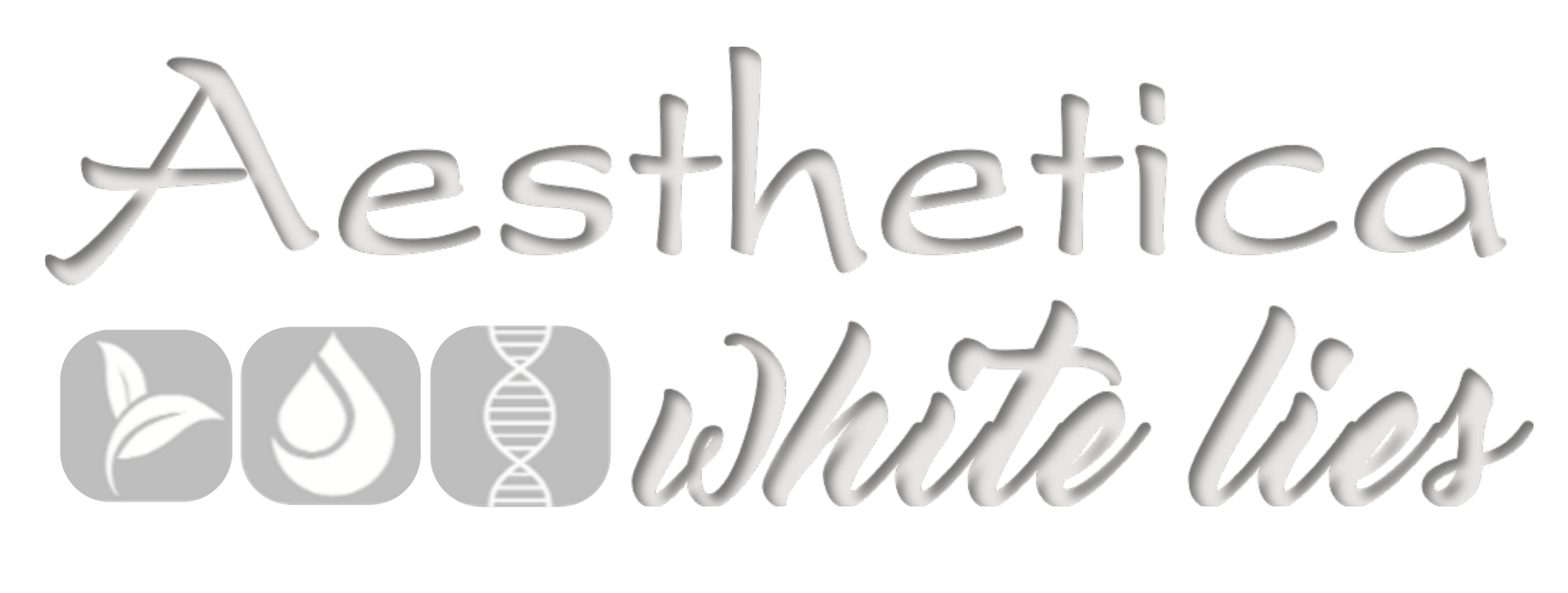A thread-lift, also known as feather lift surgery, is a delicate cosmetic surgery procedure to gently, lift sagging facial skin to produce a smoother, more youthful appearance. If gravity has started to take its toll on your face, a thread lift may be a less invasive alternative to a facelift for rejuvenating the facial features without the risks and downtime associated with surgery. The thread-lift procedure involves very fine surgical sutures inserted into the soft tissue of the face to lift and support sagging areas. It cannot offer the same results as a full facelift but is a good option for a more subtle natural look. At Aesthetica Skin Centre, Dr Bianca Cowan performs a facial threading procedure in just one hour. She inserts thin threads into the face through tiny incisions made in the targeted area. These threads attach to the skin tissue and are then pulled back to lift and smooth the facial skin. The treated areas immediately uplift sagging skin and give patients a rejuvenated appearance. Because patients usually remain fully conscious during the procedure, they can approve the look of their thread lift while Dr Bianca Cowan does the work. Once the threads are knotted, they become hidden within the skin itself, and any scarring that results will be invisible.
References:
Centenero, S.A., Stevens, M.R., & Ghasemi, S. (2020). Thread lift. Retrieved from: https://www.researchgate.net/publication/341452606_Thread_lift
Mercik, G. (2013). PDO thread lift: An innovative new treatment in non-surgical cosmetic medicine. Journal of Clinical & Experimental Dermatology Research. https://www.longdom.org/proceedings/pdo-thread-lift-an-innovative-new-treatment-in-non-surgical-cosmetic-medicine-1457.html
Tang et al. (2018). An innovative thread-lift technique for facial rejuvenation and complication management. Medicine, 97(21). https://journals.lww.com/md-journal/Fulltext/2018/05250/An_innovative_thread_lift_technique_for_facial.7.aspx
Collections: Facial Procedures
Category: Age Repair Prevent, Anti Ageing, Facial Contouring, Facial Lift Procedure, Wrinkles

